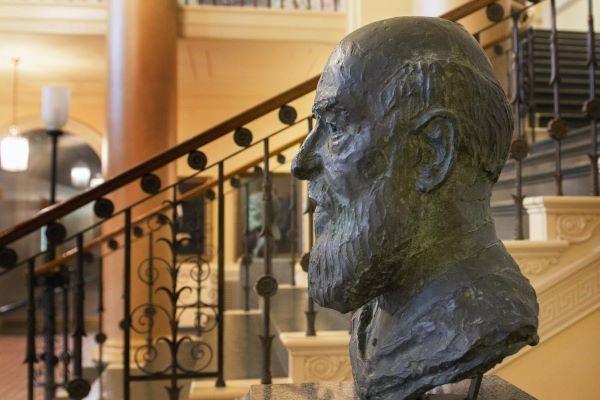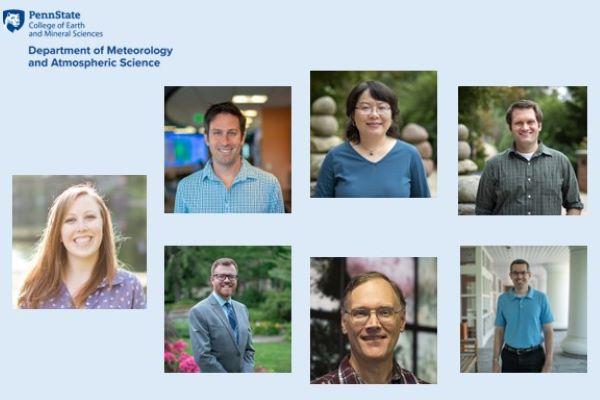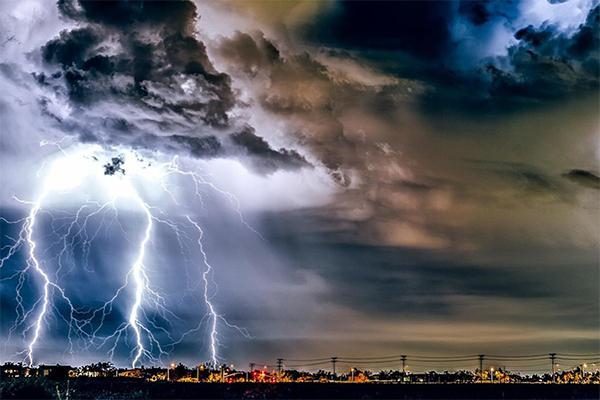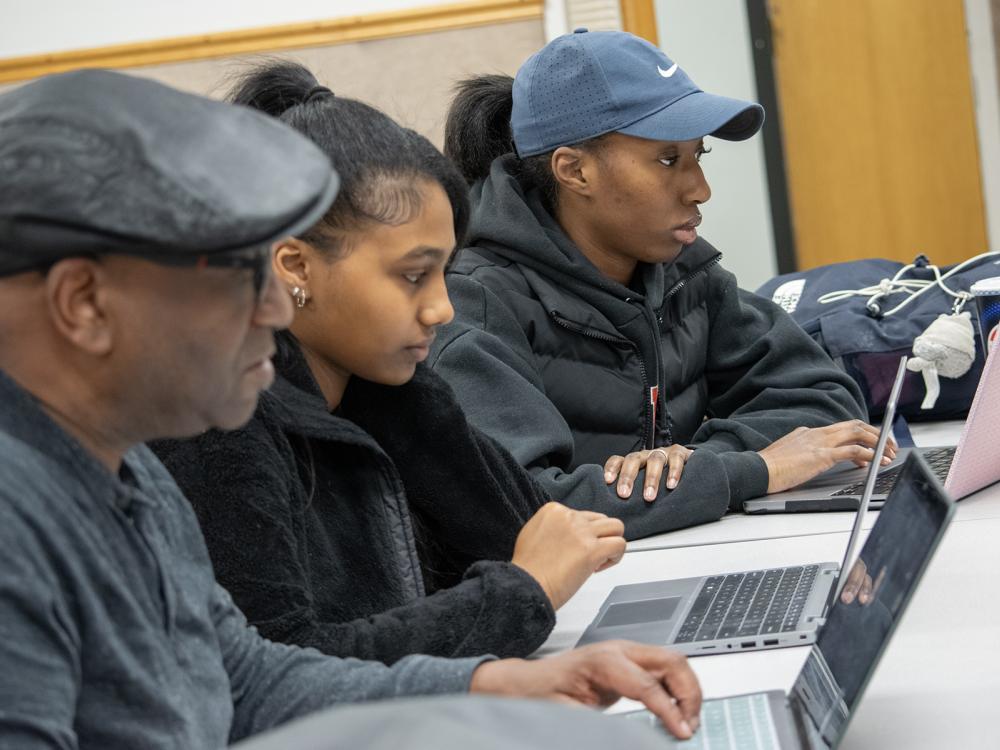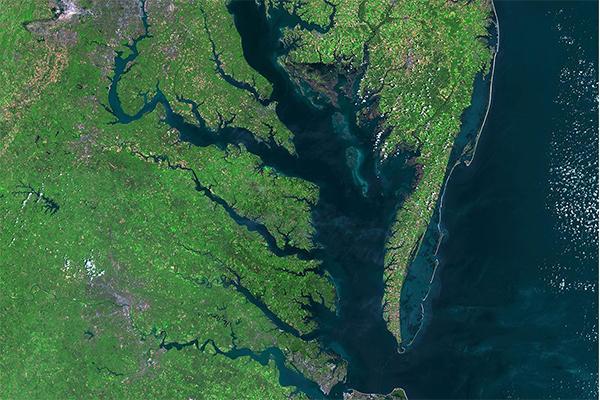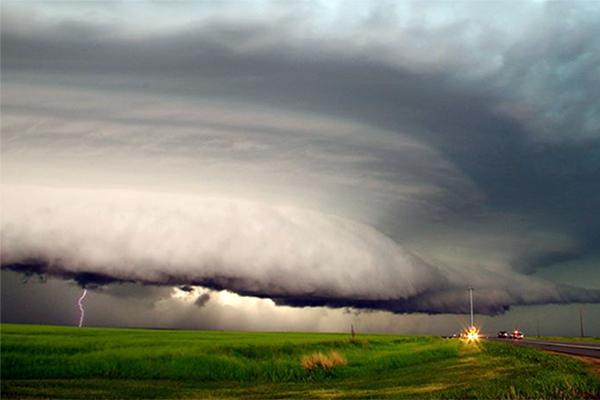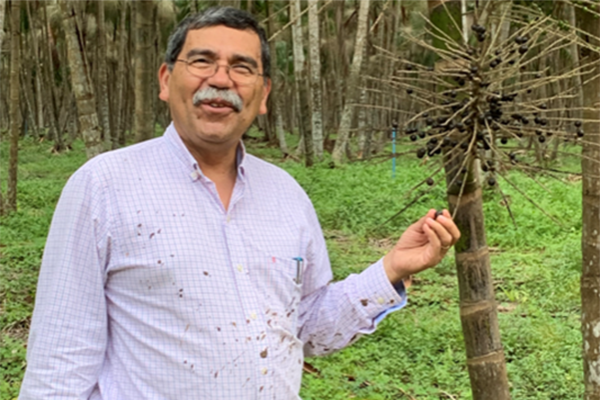News articles are listed below events.
PAST EVENTS
- toSpecial EventVirtual Career Day - Spring 2022 (March 22, 6-8 PM, via Zoom)
- toMeteorology Colloquium"What Sets the Latitudinal Precipitation Distribution?"
- toOral Comprehensive Exam"Convection Initiation over Coastal Regions: Supporting Environment and Physical Causes over Coastal Texas"
- toSpecial Event6-8 pm via Zoom
- toMeteorology Colloquium"Weather Warning Outreach and Communication in the 21st Century"
- toOral Comprehensive Exam"Improving a Diabatic Lagrangian Analysis Technique with Observations from Balloon-borne Sondes to Explore the Relationship Between Supercell Thermodynamics and Baroclinically Generated Circulation"
- toThesis Defense"Laboratory Measurements of Small Ice Crystal Growth Rates at Low Temperatures"
- toOral Comprehensive Exam"Examining Recent Surface Temperature Trends"
- toOral Comprehensive Exam"Leveraging Rossby wave breaking to understand mechanisms generating extreme weather in past and future climates"
- toMeteorology ColloquiumHuman Influence on the Large-Scale Atmospheric Flow in Recent Decades
NEWS
The Big Ten Academic Alliance's (BTAA) Department Executive Officers (DEO) program has gained five additional fellows from the Penn State ranks; among them is Distinguished Professor and head of the Department of Meteorology and Atmospheric Science, Paul Markowski. The BTAA is the academic consortium of the Big Ten universities and the United States’ preeminent model for effective collaboration among research universities.
Liu is an integrated undergraduate-graduate student who is pursuing both a bachelor of landscape architecture and a bachelor of science in meteorology and atmospheric science. This is the highest award for landscape architecture students.
Join us in congratulating our faculty on their promotions! Melissa Gervais - Associate Professor, Matt Kumjian - Professor, Ying Pan - Associate Professor, Colin Zarzycki - Associate Professor, Rob Lydick - Assistant Teaching Professor, Art Person - Associate Research Professor, and Steve Seman - Associate Teaching Professor
Researchers at Penn State are part of a multi-university team selected to receive $6.6 million in recommended funding from the National Oceanic and Atmospheric Administration (NOAA). The group will establish a new multi-university data assimilation consortium to improve weather forecasts using enhanced numerical weather prediction systems.
Mane Khachatryan, a second-year biology major at Penn State Harrisburg, said she didn’t really get to delve into science until she came to college. So when she heard about EnvironMentors — a program that helps expose high school students to STEM — she jumped at the chance to help younger students explore the field. “I wish I had opportunities like this in high school,” she said.
Penn State researchers were recently awarded funding from the U.S. National Science Foundation to develop a new coupled watershed-estuary model that simulates the transport and fate of major salt ions.
In 2020, a line of severe thunderstorms unleashed powerful winds that caused billions in damages across the Midwest United States. A technique developed by Penn State scientists that incorporates satellite data could improve forecasts — including where the most powerful winds will occur — for similar severe weather events.
Jose D. Fuentes, professor of atmospheric science in Penn State’s College of Earth and Mineral Sciences, will receive a pair of honors in December at the 2023 American Geophysical Union (AGU) annual meeting.
Fuentes has been elected as an AGU Fellow, joining 63 other scientists from around the world in the 2023 class. He will also receive the organization’s Ambassador Award at the meeting in San Francisco.
Martha Christino, class of 2023, was selected for the Young Alumni Ambassador program is a yearlong experience that enhances the connections between young alumni, the Penn State Alumni Association, and the University, She is a now doctoral student at the University of Michigan Rackham Graduate School, focusing on combining climate and energy models to advance sustainable systems through low-impact energy technologies for a sustainable and equitable world.
The World Meteorological Organization (WMO) recently honored Penn State's weather data center — now housed next to the Walker Building, which is home to the Department of Meteorology and Atmospheric Science — as a 100-year weather/climate monitoring site. Penn State has gathered data since 1882, but WMO only recently began awarding the 100-year distinction.


